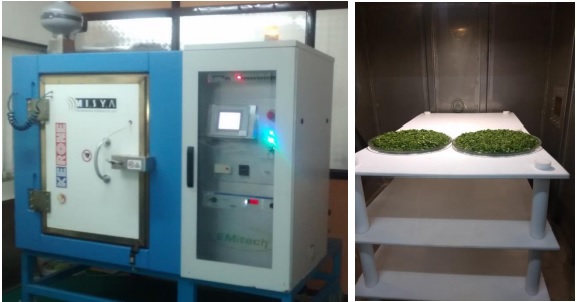The history of medicinal Plant is related to the development of civilizations. In all regions of the world, the history of peoples shows that these plants have continually occupied a vital place in medicine, the composition of perfumes, food and in preparation. China, birthplace of herbal medicine, India, the Middle East, especially the Arabo-Muslim world, Egypt, Greece and Rome represent civilizations in which aromatic and medicinal plants had an important place.

These species contain essential oils and different substances that may be exploited as food (aromas), ancient medicine and for industrial purposes (food, perfume, cosmetics, pharmaceutical, etc.). Moreover, essential oils are proved to have numerous medicinal effects, like spasmolytic, carminative, hepatoprotective, antiviral and anticarcinogenic. The utilization of medicinal plants is part of a competitive market, which incorporates pharmaceuticals, Food, cosmetics, and perfumery markets. In pharmaceuticals, plant extracts are especially relevant because of the utilization of their active substances for medicine development and as source to get adjuvant.
Drying is essentially defined as the decreasing of plant moisture content, aimed toward preventing enzymatic and microbial activity, and consequently preserving the product for extend shelf life. For this reason, adequate dryers are required, utilizing temperature, speed and humidity values for drying air that provides a speedy reduction within the moisture content without affecting the quality of the active ingredients of medicinal plants.
Drying process may also contribute to a regular supply and facilitate the marketing of plants, because drying results in reduction of the weight and volume of the plant with positive consequences for transport and storage. For various medicinal plant species a maximum value of final moisture content is prescribed in different pharmacopoeias all over the world.
Drying of aromatic and medicinal plants must meet the following requirements:
- Moisture content has to be brought down to be at an equilibrium level that is defined for certain relative air humidity and temperature. This is defined as storage condition by standards.
- Minimum quality reduction in terms of active ingredients, color, flavor and aroma.
- Microbial count must be below the prescribed limits. No chemical additives may be used.
The drying method, velocity and temperature of drying air influence the quantity and quality of the active ingredients present in aromatic and medicinal plants. In spite of all technical developments, the choice of the correct drying temperature remains a central economic and ecological criterion in the drying of medicinal plants.
